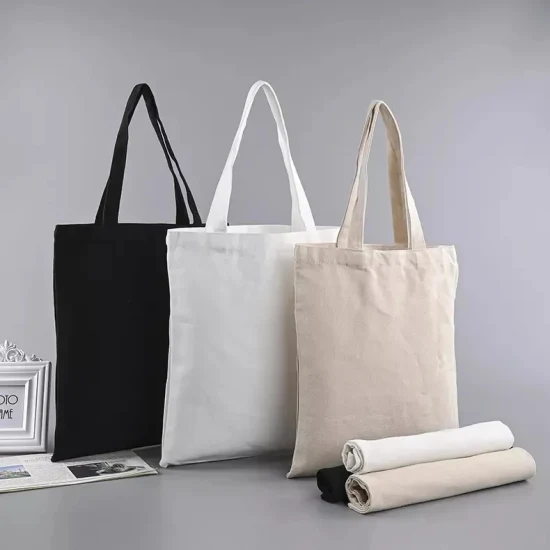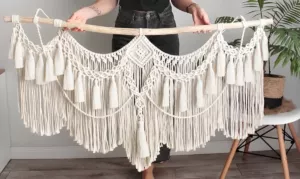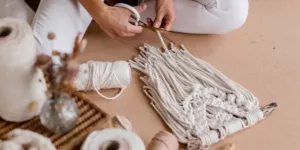Tote bags have transcended their utilitarian roots to become a staple accessory for everyone, from students and professionals to fashion influencers. Their simple yet stylish appearance, coupled with their functionality, makes them a preferred choice for a myriad of uses. While numerous materials can be used to craft tote bags, canvas stands out as a favorite due to its robustness, versatility, and environmental friendliness. This comprehensive guide will delve into the reasons canvas is the material of choice for tote bags, the types of canvas available, how to choose the right canvas, maintenance tips, and even a DIY tutorial to make your own canvas tote bag.
Why Choose Canvas for Tote Bags?
Canvas, historically used in sailmaking, is known for its durability and reliability under harsh conditions. Its transition to being used in tote bags leverages these inherent properties, offering a perfect blend of functionality and aesthetic appeal. The unique characteristics of canvas — such as its breathability, strength, and ease of maintenance — make it an ideal choice for tote bags used daily.
Unlike materials that may degrade or lose their shape with time, canvas ensures longevity, making canvas tote bags a sustainable option in a time of increasing environmental awareness. Furthermore, its ability to be easily dyed and printed on allows for endless customization, catering to every style and preference.
Let’s look into how canvas compares with other popular materials for tote bags:
Comparison Table for Tote Bag Materials
| Material | Durability | Breathability | Maintenance | Style | Environmental Impact |
|---|---|---|---|---|---|
| Canvas | High | High | Easy | High Flexibility | Low impact, renewable |
| Leather | High | Low | High | Classy | High impact, not easily renewable |
| Polyester | Medium | Medium | Easy | Casual | High impact, synthetic |
| Nylon | High | Low | Easy | Sporty | High impact, synthetic |
| Jute | Medium | High | Moderate | Rustic | Low impact, biodegradable |
Understanding the Different Types of Canvas
Canvas is not a “one-size-fits-all” material. Different types offer various benefits, depending on the specific use case of your tote bag. Here are the primary types you might encounter:
Cotton Duck Canvas

Revered for its weaving style, cotton duck canvas is the most common type used in tote bags. Its plain, tightly woven fabric offers incredible durability and resistance to wear and tear. The classification of cotton duck canvas happens through numbers, with lower numbers representing heavier and denser materials.
Cotton Twill Canvas
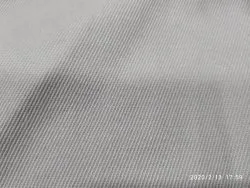
This variant features a diagonal weave, providing a distinct texture that not only adds to its aesthetic appeal but also contributes to its durability. Twill canvas is slightly more flexible than duck canvas, making it a popular choice for fashion-forward tote bags.
Synthetic Canvas
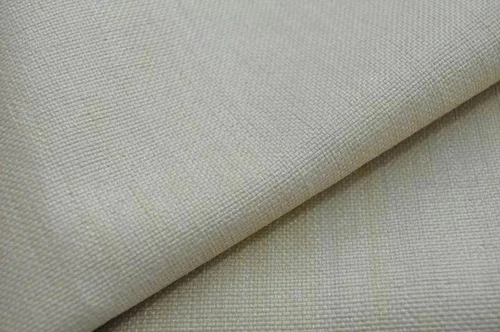
While traditional canvas is made from cotton, synthetic alternatives, primarily polyester, offer a lighter, often more affordable option. Synthetic canvas can mimic the look and feel of cotton while offering enhanced water resistance and durability. However, it doesn’t match cotton’s breathability and environmental friendliness.
Selecting the Right Canvas for Your Tote Bag
Choosing the perfect canvas for your tote bag involves considering several factors, including:
- Purpose: Heavier, durable canvas materials like #8 or #10 cotton duck canvas are suitable for bags intended to carry heavier loads. For lighter, everyday use, a #12 or even synthetic canvas might be preferable.
- Maintenance: If you plan to use your tote bag in environments where it may get dirty often, consider canvas types that are easy to clean or have a protective coating to repel stains.
- Aesthetics: The look and feel you want for your tote bag can influence your choice of canvas. For a more refined look, cotton twill or a high-quality synthetic canvas might be ideal.
Care and Maintenance of Canvas Tote Bags
Keeping Your Canvas Tote Bag Clean
Canvas tote bags are relatively easy to maintain, but proper care will extend their lifespan significantly. Here are some essential maintenance tips:
- Routine Cleaning: For light soiling, simply using a damp cloth to wipe down the bag can be sufficient. For tougher stains, a mix of water and mild soap can be gently applied.
- Machine Washing: Not all canvas tote bags are machine washable, so it’s crucial to check the manufacturer’s instructions. If machine washing is safe, use cold water on a gentle cycle, and avoid tumble drying to prevent shrinkage.
- Storage: Store your canvas tote bag in a cool, dry place away from direct sunlight to prevent fading.
DIY Canvas Tote Bag Tutorial
Making your own canvas tote bag is a fun project that allows for ultimate personalization. Here’s a basic tutorial to get you started:
Materials Needed:
- 1 yard of canvas fabric
- Sewing machine or needle and thread
- Scissors
- Ruler or measuring tape
- Pins
- Iron
Instructions:
- Cut the Fabric: Based on your desired bag size, cut two identical pieces of fabric. A standard size is about 15×16 inches.
- Sew the Sides: Place the two pieces together, with the insides facing each other. Sew the bottom and sides, leaving the top open.
- Create the Hem: Fold the top edge down twice to create a hem, iron to keep it in place, and sew around.
- Make the Straps: Cut two long strips for the straps. Fold the edges into the middle, then fold in half and sew down the open side.
- Attach the Straps: Determine the position of the straps on the bag and sew them securely in place.
You now have a personalized canvas tote bag, perfect for everyday use or as a thoughtful handmade gift.
Canvas tote bags combine style, durability, and functionality in a way few other materials can. Whether you’re purchasing a pre-made bag or embarking on a DIY project, selecting the right canvas material is crucial. By considering the factors outlined in this guide, you can find or create a tote bag that meets your needs and reflects your personal style.
FAQ: Canvas Tote Bags
Q1: Why is canvas a popular material for tote bags?
A1: Canvas is favored for tote bags due to its durability, reliability, breathability, strength, ease of maintenance, and environmental friendliness. Its ability to be easily customized through dying and printing also adds to its popularity.
Q2: How does canvas compare with other materials like leather or polyester for tote bags?
A2: Compared to materials like leather and polyester, canvas offers higher breathability and ease of maintenance. While leather may offer a classier look, it requires more care and has a higher environmental impact. Polyester, being synthetic, doesn’t offer the same breathability or environmental benefits as canvas.
Q3: What are the different types of canvas used in tote bags?
A3: The primary types of canvas used in tote bags include cotton duck canvas, known for its durability and dense weave; cotton twill canvas, which offers a distinctive diagonal weave and flexibility; and synthetic canvas, which provides water-resistance and durability at a potentially lower cost and environmental friendliness.
Q4: How do I choose the right type of canvas for my tote bag?
A4: When selecting the type of canvas, consider the bag’s purpose (e.g., heavy vs. light use), maintenance (ease of cleaning), and aesthetics (desired look and feel). Heavier, durable canvas is suited for carry heavy loads, while lighter canvas might be preferred for everyday use.
Q5: Can canvas tote bags be machine washed?
A5: Not all canvas tote bags are machine washable; it depends on the specific canvas type and any additional materials used. Always check the manufacturer’s care instructions. If machine washing is safe, use cold water and a gentle cycle, and avoid tumble drying to prevent shrinkage.
Q6: How can I clean my canvas tote bag?
A6: For light cleaning, use a damp cloth. For tougher stains, a mild soap and water mixture can be used. Always test a small area first and follow any care instructions provided by the bag’s maker.
Q7: How do I store my canvas tote bag when not in use?
A7: Store your canvas tote bag in a cool, dry place away from direct sunlight to avoid fading and material degradation.
Q8: Can I make my own canvas tote bag at home?
A8: Yes! Making a canvas tote bag is a straightforward DIY project. You’ll need canvas fabric, a sewing machine or needle and thread, scissors, a ruler or measuring tape, pins, and an iron. The process involves cutting the fabric, sewing the sides and hem, making and attaching straps, and adding any desired personal touches.
Q9: Why might someone choose a synthetic canvas tote bag over a traditional cotton canvas?
A9: Synthetic canvas can offer advantages such as enhanced water resistance, lighter weight, and often lower cost. However, it may not offer the same level of breathability or environmental friendliness as cotton canvas.
Q10: Are canvas tote bags environmentally friendly?
A10: Canvas tote bags can be a more sustainable option compared to tote bags made from synthetic materials due to canvas’s natural origin, durability, and the possibility of choosing organic or ethically sourced cotton. However, the environmental impact can vary depending on the specific canvas type and production processes used.

